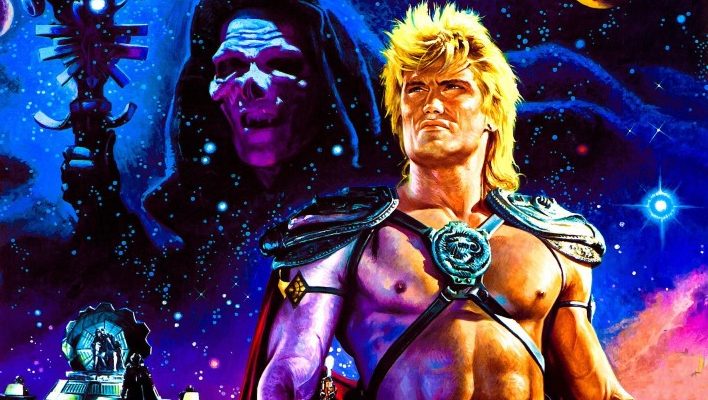Easy Rider, 1969.
Starring Peter Fonda, Dennis Hopper, and Jack Nicholson.
SYNOPSIS:
Two young bikers complete a drug deal and use their earnings to finance a trip from Los Angeles to New Orleans in search of the American Dream. This epic journey takes them deep into the heart of the United States; a nation wrought with violence and prejudice during the collapse of the free-spirited society that was the 1960’s.
“A man went looking for America and couldn’t find it anywhere…” reads the tagline of Easy Rider, a low-budget production from two aspiring young film-makers in Dennis Hopper and Peter Fonda, which managed to capture the culture and society of the late 60’s and served to define the genre of the ‘road movie’. Even now, almost forty years after it’s release, the film stands as a classic that successfully encapsulates the attitudes and ideals of a generation.
Despite the simple nature of the plot many themes run beneath the surface of the film, most notably the search for oneself and the ‘sex, drugs and rock ‘n’ roll’ attitude of the hippie movement. It also touches on the meaning of life – focussing on God, death, and spirituality – and the clash between society and youth culture, all projected through an image of a motorbike emblazoned with the Stars and Stripes. The dark and downbeat tone of the film helps to illustrate the underlying social tension of the decade and the collapse of the idealistic 60’s.
Peter Fonda, Dennis Hopper, and Terry Southern wrote the film, with 31-year old Hopper making his directorial debut for which he received the Best Film by a New Director award at the Cannes Film Festival in 1969. Fonda (also producing) stars with Hopper as the two anti-heroes of the piece, Billy and Wyatt. The film is also notable for a breakthrough performance by Jack Nicholson as lawyer George Hanson, a role which earned him the first of many Academy Award and Golden Globe nominations.
The film was produced for under $400,000 and was extremely successful at the box-office, breaking in a fresh wave of independent films known as ‘New Hollywood’, much like Tarantino’s Reservoir Dogs would do 25 years later. It struck a chord with the alternative youth culture market on which the movie was based, with a pulsating rock ‘n’ roll soundtrack the likes of which had never been attached to film. Easy Rider would also break with many other Hollywood traditions, employing jump-cuts and flash forward transitions, uneven pacing and an improvisational style of acting and dialogue that includes in particular some of Jack Nicholson’s most memorable work.
Viewing the film it is not difficult to see why the audience took to it so well. At the height of the Vietnam War, and with a new decade about to begin, the film epitomises youth culture with many viewers relating to the characters and their development through-out the movie. The sight of Peter Fonda as Captain America sitting on his gleaming motorcycle with the Stars & Stripes petrol tank as he throws his watch to the dirt – symbolising his freedom and rejection of modern social constraints – to the sound of Steppenwolf’s Born To Be Wild, is a scenario with which many of the audience could emphasise.
To this day, Easy Rider remains a landmark film in cinema history. It opened the door to Hollywood for many young filmmakers tired of the formulistic approach of Hollywood towards film production, and helped to create the wide-open approach that would lead to the production of many classic works during the 1970’s. It is a beautifully shot piece of cinema and, although much of the credit is given to Dennis Hopper, it is impossible to ignore the input of Fonda, Nicholson, Terry Southern and Director of Photography Laszlo Kovacs, who all contribute immensely to the piece. I would thoroughly recommend this to any fan of cinema, and the documentary that accompanies the movie on DVD, Shaking the Cage, highlights a ‘making-of’ story that may just match the drama of the film’s closing moments.











